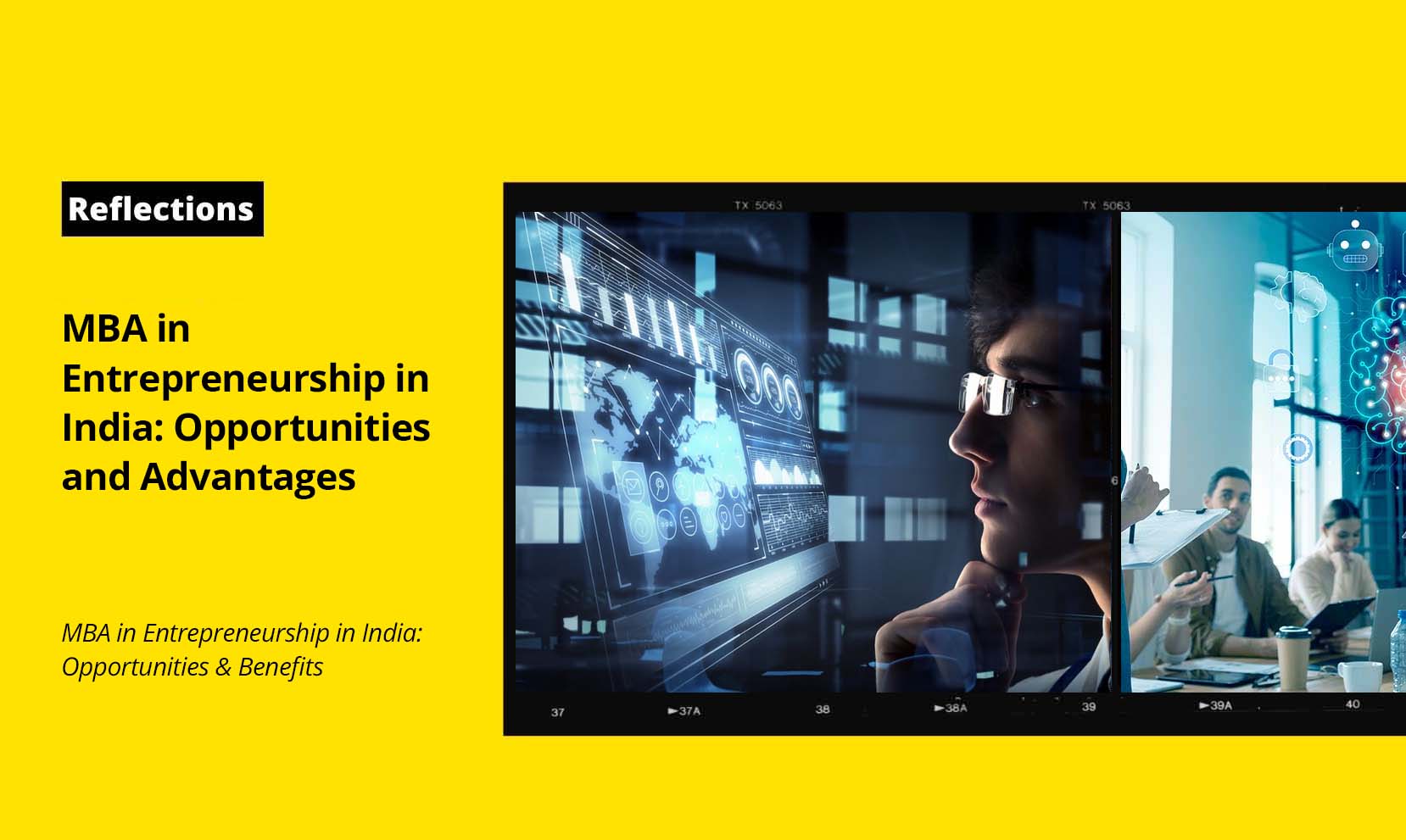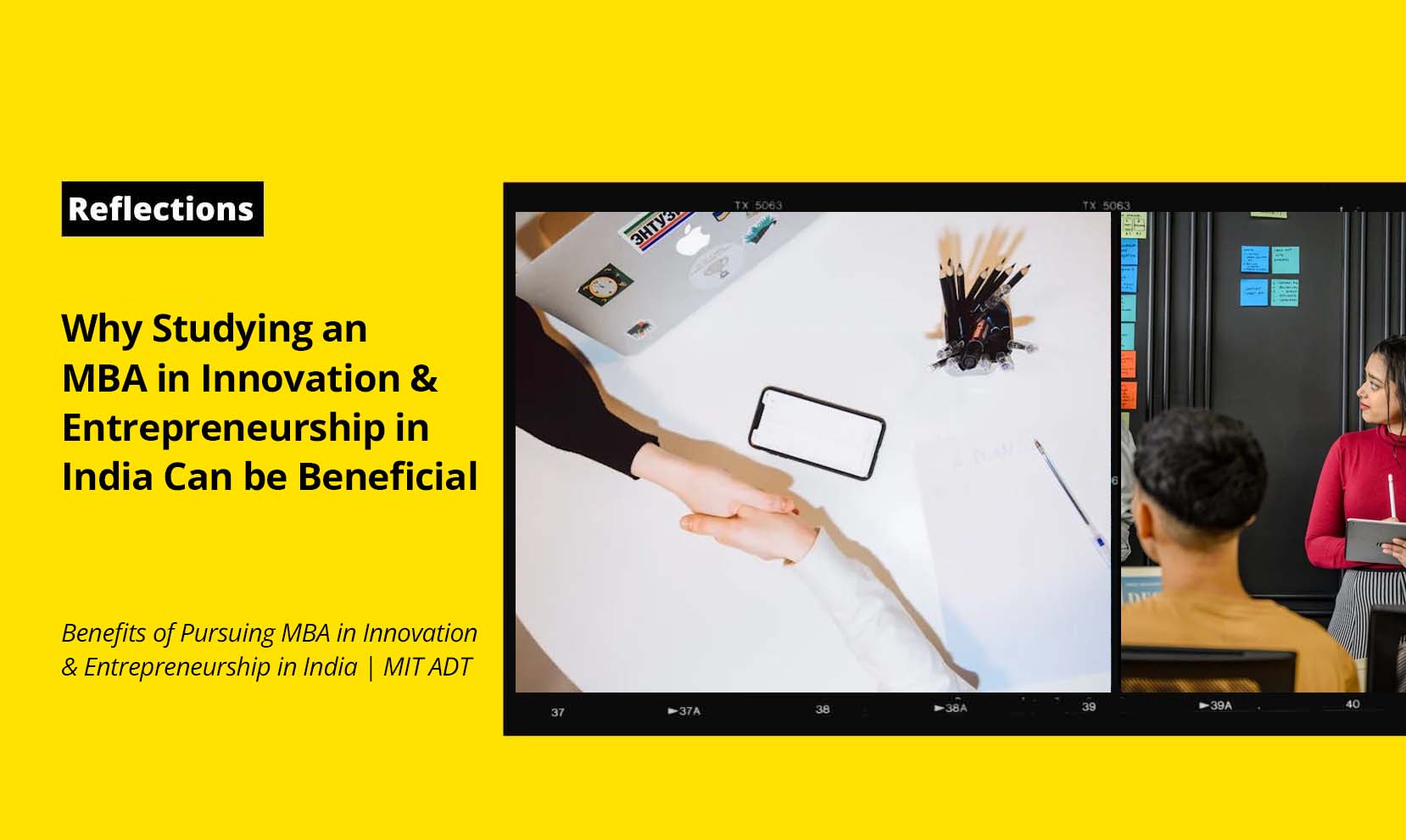Know The Design Thinking Principles
The design thinking approach is great for handling complicated issues and producing solutions focusing on how your users will or already engage with your product. A product must satisfy customers’ wants and address problems the target market faces to be profitable. When putting an idea into practice, it can be challenging to maintain objectivity, which might harm the final product. Your team might develop focused solutions that have a big impact on user activation, retention, and growth by designing. Continue reading to learn about design thinking principles.
What is Design Thinking?
Design thinking is a concept and method for resolving complicated issues that consider the client’s needs. It concentrates on achieving results like:
Technically possible: They can be changed into helpful objects or processes;
Economically feasible: A company can afford to use them;
User-desirable: They satisfy a real human need.
You may give the most excellent solution to your consumers and make it a reality in the company by using design thinking. And if something suddenly fails, return to the first step and try again. To put it another way, you must adopt a designer’s mindset and approach an issue from the user’s perspective if you want to suggest innovative solutions.
5 Design Thinking Principles
The design thinking process is based on a few key ideas. These are reflected in the design thinking methodology, which we’ll discuss in more depth shortly. Below are listed the top five design thinking principles.
● User-centeredness and compassion
Finding solutions that address user feedback and human needs is the central goal of design thinking. People, not technology, drive innovation. Therefore, putting yourself in your target market’s shoes and developing real empathy for them is crucial.
● Collaboration
Innovation is achieved through combining a wide range of perspectives and ideas, which is the goal of design thinking. Diverse, diverse teams who might not ordinarily collaborate are encouraged to do so by design thinking.
● Ideation
Design thinking aims to generate as many ideas and potential solutions as possible because it is a framework focused on solving problems. The design thinking process begins with ideation, which is also a fundamental premise of the method. During the ideation process, which has been designated a judgement-free zone, it is advised that participants pay more attention to the number of ideas than the quality.
● Experimentation and iteration
It involves more than just having ideas; it also entails developing prototypes, testing them, and making adjustments in response to user feedback. Being an iterative process, design thinking requires repeating some processes as you identify defects and gaps in the initial iterations of your suggested solution. It can add up to 228 percent in the corporate.
● A bias towards action
The problem-solving method of design thinking favours action over discussion and is very practical. Design thinking pushes you to get out there and engage with your users directly rather than speculating about what they might desire. Instead of only discussing possible answers, you’ll create prototypes of them and test them in actual situations.
Conclusion
Any business with customers or users can benefit from design thinking since it can help businesses fully understand their customers and users and develop solutions that address their requirements and issues.
The MIT ID Innovation Programme collects information and firsthand accounts that defy the laws of natural progression. To affect the future of organizations, communities, cities, and ecosystems, we set out to accomplish precisely that. With MIT ID Innovation’s design thinking and innovation courses, you can learn all you’ll need to know tomorrow to develop growth systems and tools for transformation.
MIT ID Innovation’s design thinking courses can help you achieve your professional goals for your company or innovate your current operation. Enroll in innovation-focused courses to improve your skills for the future. Build your capacity for innovation today.
Reference:
https://uxplanet.org/principles-of-design-thinking-stages-of-design-thinking-b2cc219063ac



